Scientist of the Day - Andrew Murray
Andrew Dickson Murray, a Scottish lawyer, entomologist, botanist, and would-be zoogeographer, was born Feb. 19, 1812. Murray practiced law until he was forty and then began to study insects, publishing a few papers on the subject, and then he tried his hand at botany, or more accurately, horticulture. None of this really prepared him to write a book on the geographic distribution of animals, but he nevertheless undertook such a venture, publishing, in 1866, The Geographical Distribution of Mammals. It is a handsome-looking volume, large-quarto size, with an embossed green cloth cover, and a striking frontispiece, comparing a marsupial and a placental mouse, suggesting we might be treated here to an early study of convergent evolution (second image).
But it is a false promise. All the other plates in the book are biogeographic maps. They are striking, and raise interesting questions. An early pair of maps, for example (first image) compares the present-day distribution of horses and asses (top) with that of extinct and living species (bottom), leading one to ask: what happened to horses in the Americas?
Another pair of maps prompts similar questions with regard to elephants and mastodons (third image). Some of the maps are interesting just as graphics, such as one that shows the distribution of sirenians, manatees and dugongs, with thin colored bands hugging the shores of the southern continents (fourth image),
Another maps the habitats of voles and lemmings (fifth image), and the swatches of yellow and blue in the arctic regions make us shiver and wonder.
A double-page map near the end introduces what Murray calls the four Great Mammalian Regions: Europaeo-Asiatic (we might say Eurasian), Africano-Indian, Australian, and American (sixth image).
Murray's book was published 7 years after Darwin's Origin of Species. Murray considered the question of the origin of species in chapter one and rejected Darwin's idea of evolution by natural selection, although he did comment that he was more receptive to Darwin's theory now than when Darwin's book first came out. It appears, however, that Murray did not really understand how natural selection was supposed to work. Darwin's friend Joseph Hooker made this very point in a critical review of Murray’s book that he wrote for the Gardener's Chronicle in 1866. Darwin himself did not have much to say about Murray after his book appeared, but interestingly, he wrote Hooker a letter in 1864, when Murray had floated a prospectus for his upcoming work, and asked Hooker whether Murray was "fit for the subject". "Do you know anything of his knowledge?", he wondered. Apparently Darwin's fears were valid ones. Murray's book seems to have had no influence on anyone, certainly not on Alfred Russel Wallace, Phillip Lutley Sclater, or Ernst Haeckel, who along with Darwin were relaunching biogeography with evolutionary underpinnings. How Murray's book got published at all is a minor mystery. But we are happy to have it. A library that collects only the books of winners provides a poor setting for serious historical scholarship.
Dr. William B. Ashworth, Jr., Consultant for the History of Science, Linda Hall Library and Associate Professor, Department of History, University of Missouri-Kansas City. Comments or corrections are welcome; please direct to ashworthw@umkc.edu.

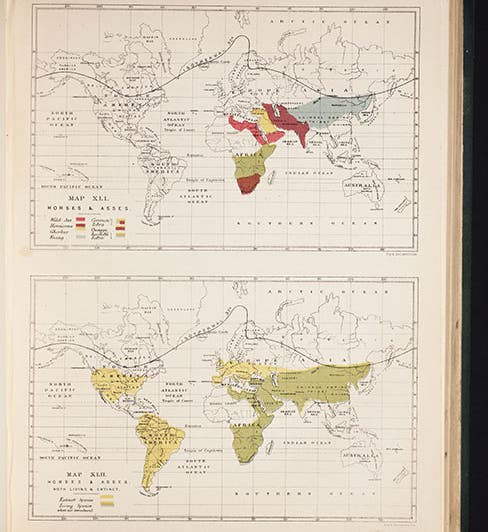
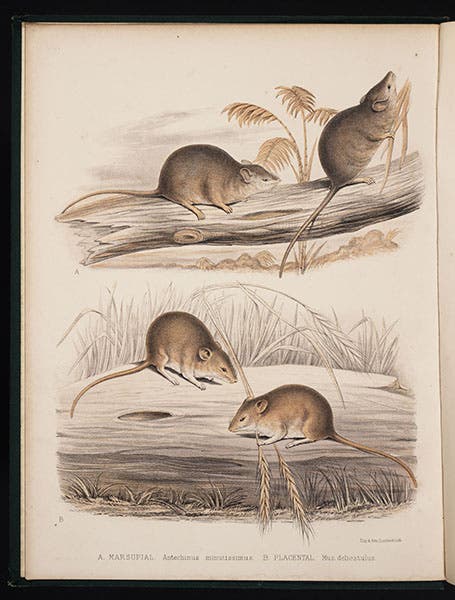
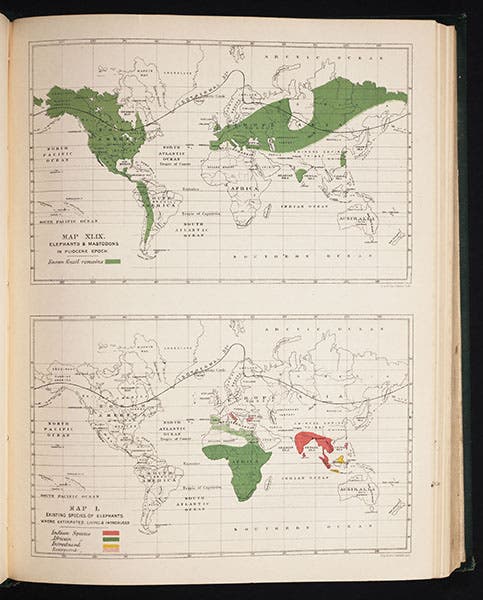
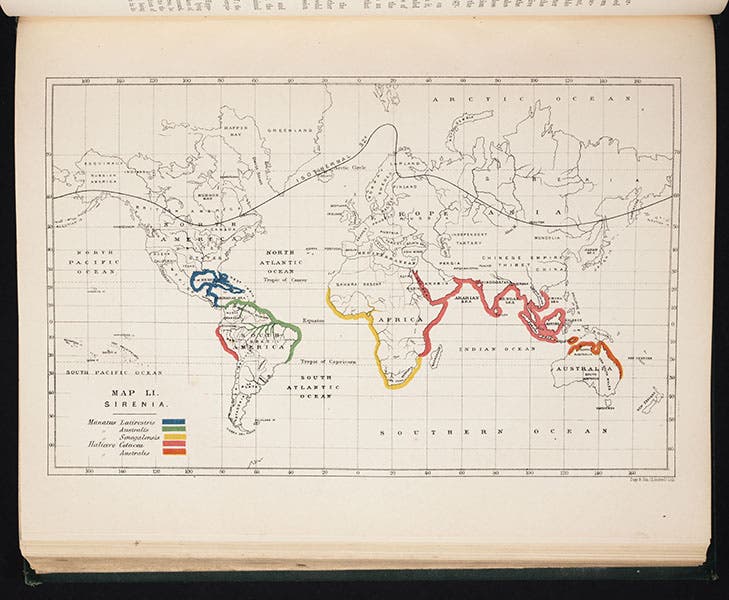
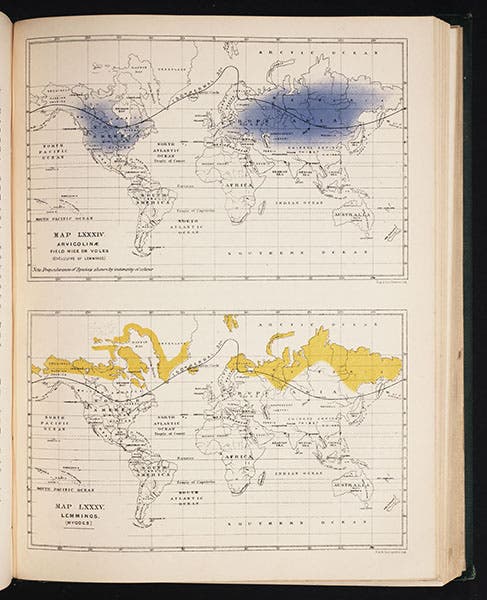
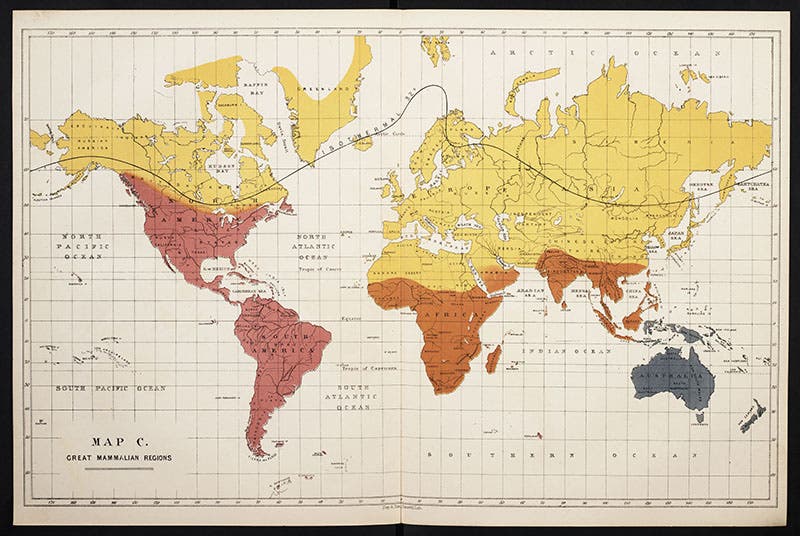


![Using an astrolabe to measure the depth of a well, woodcut in Elucidatio fabricae vsusq[ue] astrolabii, by Johannes Stöffler, 1513 (Linda Hall Library)](https://preview-assets-us-01.kc-usercontent.com:443/9dd25524-761a-000d-d79f-86a5086d4774/a998eb50-55d2-4a88-ace2-a50aa5fa86e7/Stoffler%201.jpg?w=210&h=210&auto=format&fit=crop)

